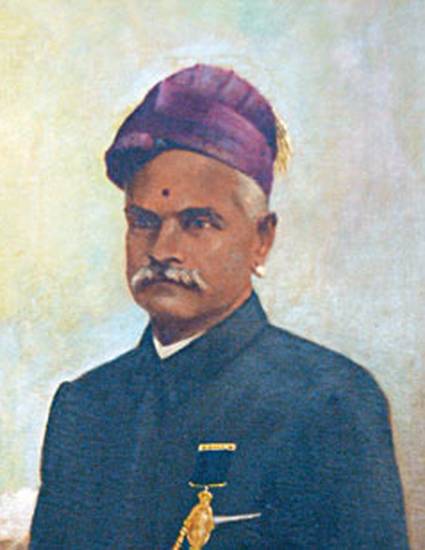
Article
The Enduring Myth of Ravi Varma
Caravan: A Journal of Politics and Culture
(2010)
Abstract
It is fair to say that the afterlife of Ravi Varma’s images has been as eventful as his own. Fêted widely as the ‘first modern Indian painter’ during his lifetime, the years after his death saw a dramatic change in the reception of his work by the art historical community. In the first decade of the 20th century, the Bengal School (centred around the Tagores) had established itself as an avant-garde movement that proclaimed an ‘authentic’ modern Indian art and the realism of Ravi Varma’s works was seen as derivative, inspired by Western academic sources. Stalwarts like EB Havell, Principal of the Government School of Art, Calcutta, and Ananda Coomaraswamy dismissed his works as extravagant and theatrical and this characterisation continued over the course of the 20th century. In 1993, the painter A Ramachandran and the art conservator Rupika Chawla curated a major exhibition of Ravi Varma at the National Museum in New Delhi, and it announced a renewed interest in the artist at a moment when the art world was just beginning to embrace popular culture.
Disciplines
Publication Date
October 1, 2010
Citation Information
Niharika Dinkar. "The Enduring Myth of Ravi Varma" Caravan: A Journal of Politics and Culture (2010) p. 88 - 92 Available at: http://works.bepress.com/niharika-dinkar/12/
